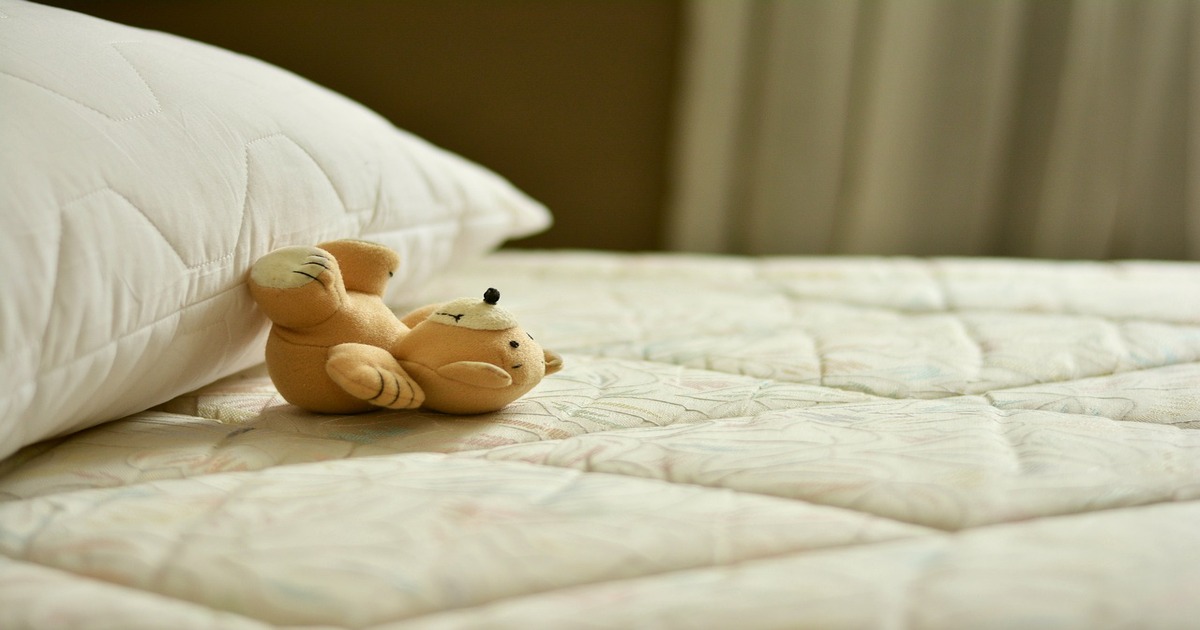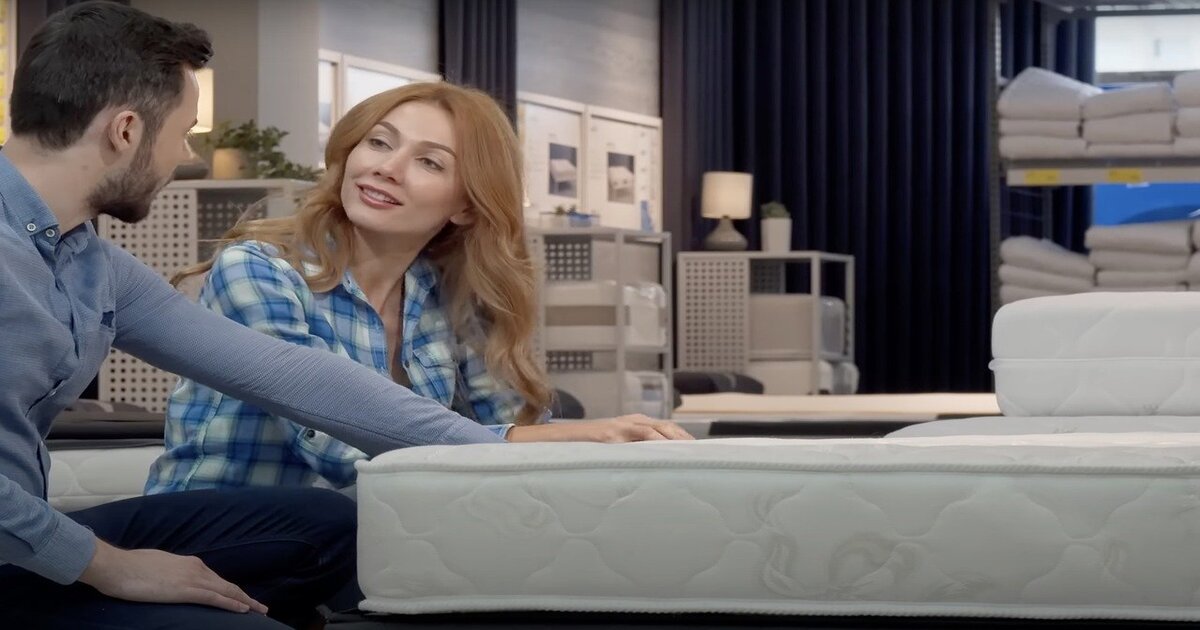Choosing the Right Product: Mattress Topper vs. Protector
Author: Manchester Collection Date Posted:8 January 2025

When it comes to creating the perfect sleep environment, the debate is often between mattress toppers vs. protectors. While both can improve your sleep experience, they serve very different purposes. Understanding these differences is key to choosing the right option - or deciding if you might need both. In this guide, we’ll break down everything you need to know about toppers, protectors, and even mattress pads, so you can make the best choice for your bed.
What’s the Purpose of a Mattress Topper?
A mattress topper is a thick, cushioned layer designed to sit on top of your mattress. Most toppers are between 5 and 10 cm thick. Its main purpose is to add extra comfort and adjust the feel of your bed. If your mattress feels too firm, a topper can make it softer. If it’s too soft, some toppers add firmness and support. They can also help extend the life of your mattress by acting as a buffer against wear and tear.
Plus, some mattress toppers are designed to address specific needs, like relieving pressure points or isolating movement if you share a bed with a partner. So, a mattress topper is a 5 - 10 cm thick layer that you add to adjust the feel of your mattress. However, we should also mention that they can be made from different materials and each has some unique properties.
The Most Common Materials for Mattress Toppers
When you are choosing the best mattress topper for your needs, you shouldn’t overlook the material it’s made from. Most toppers are made from memory foam, latex, feather and down, or have a microfiber/synthetic fill. In short, memory foam toppers are popular for their ability to contour to the body, offering excellent pressure relief and support, although they can retain heat (and may have a slight odour when new).
Latex toppers are another option and are known for their responsive support, durability, and breathability, making them a great choice for those who sleep hot or have allergies. Feather and down toppers provide a soft, cosy feel and are ideal for colder weather, but they can flatten over time and occasionally let feathers poke through. Microfiber or synthetic fill toppers are affordable and hypoallergenic, but they might not last as long or feel as luxurious as natural materials.
Mattress toppers typically last between 3 to 5 years and some can last even longer, so take some time to find a material you like. Now that we’ve explained mattress toppers, let’s do the same for mattress protectors.
What Does a Protector Do?
A mattress protector is a thin cover that fits over your mattress (and below your bed sheets) to protect it from spills, stains, dust mites, and allergens. Unlike a topper, it doesn’t change the feel of your mattress but serves as a barrier, keeping it clean and prolonging its lifespan. Many protectors are waterproof, making them ideal for families with children or pets.
They’re also an excellent option for allergy sufferers, as they help prevent allergens like dust mites and pet dander from settling into the mattress. Mattress protectors are easy to remove and wash, making them a practical solution for maintaining a hygienic sleep environment. Essentially, you can think of a mattress protector as a very durable fitted sheet and, as with all bed sheets, the material it's made from is crucial.
The Different Materials of Mattress Protectors
Mattress protectors can be made from some of the best materials for bed sheets, however, because they won't be in direct contact with your skin, the feel of the materials is less important. Instead, factors like durability, breathability, and specific features such as waterproofing or allergen resistance take priority.
Cotton is generally considered the best choice and is popular for its breathability and softness, but when used in mattress protectors, it’s often paired with a waterproof backing to create a balance between comfort and practicality. Polyester is another common material - it’s valued for its affordability and ease of maintenance. It’s lightweight, durable, and often blended with other materials to enhance performance.
For people who seek maximum protection, vinyl or polyurethane-backed protectors offer reliable waterproofing, ensuring the mattress stays safe from spills and stains. Bamboo-based fabrics, while somewhat less common for mattress protectors, are naturally hypoallergenic and provide excellent moisture-wicking properties, making them ideal for hot sleepers or allergy sufferers.
Unlike mattress toppers, mattress protectors are very affordable, so you can experiment a bit until you find your favourite material.
Can You Use Both a Mattress Topper and Protector?

By now, it should be clear that there is no reason to discuss mattress toppers vs. protectors as two competing options - they serve entirely different purposes. A mattress topper is designed to adjust the feel of your mattress, providing added comfort or support, while a mattress protector shields your bed from spills, stains, and allergens.
In fact, using both together is highly practical. A protector can cover both your mattress and the topper, ensuring that your sleep environment stays clean and hygienic while still enjoying the benefits of enhanced comfort. The mattress topper + mattress protector + bed sheet combination extends the lifespan of your mattress, ensures the topper remains in good condition, and provides you the feel of your favourite bed sheets.
Whether you’re looking to improve your bed’s feel, protect your investment, or both, pairing a topper with a protector is a very straightforward way to create an optimal sleep setup. That being said, there is one more option you can consider - a mattress pad.
Is a Topper the Same as a Mattress Pad?
While there's no reason to discuss mattress toppers vs. protectors as two competing options, a mattress pad complicates things a little bit. That’s because a mattress pad serves a dual purpose, combining some features of both a topper and a protector. A pad is typically between 2,5 and 5 cm thick and can slightly alter the feel of your mattress by adding a thin layer of comfort. However, it doesn’t provide as much cushioning or support as a true mattress topper.
On the other hand, many mattress pads include protective qualities, such as shielding your mattress from minor spills or dust. Some pads are also designed with elasticised edges or skirted designs, which help keep them securely in place, much like a fitted sheet. In essence, a mattress pad is a middle-ground option for those who want a modest improvement in comfort with some level of protection. However, it may not fully replace a topper for significant comfort adjustments or a protector for complete mattress safeguarding.
Buy Everything You Need for Your Bedroom Online
We’ve discussed mattress toppers vs. protectors and hope that any confusion is now cleared up. In the end, we’d like to help you find high-quality bedroom products. At Manchester Collection, we offer premier but affordable bed essentials, including cotton mattress protectors, as well as a wide range of bed sheets and pillowcases.
You can order everything you need online and we’ll ship the items to your address or you can find a store near you to feel the materials for yourself and make the purchase in person. Whatever option you choose, we guarantee you’ll get the highest quality products. So place your order online or visit us and don’t hesitate to contact us if you need assistance.
